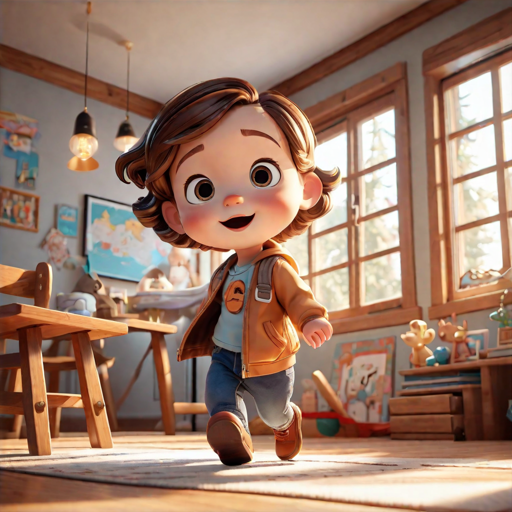Steamboat Willie, a black-and-white animated short film released in 1928, holds a significant place in animation history. It marked the official debut of Mickey Mouse, the now-iconic mascot of The Walt Disney Company, and ushered in a new era of sound cartoons.
The Birth of an Icon:
While Mickey and Minnie Mouse had made earlier appearances in a silent test screening called "Plane Crazy," Steamboat Willie is widely considered their true debut due to its widespread release and cultural impact. The film, directed by Walt Disney and Ub Iwerks, follows Mickey as a mischievous deckhand on a riverboat captained by the grumpy Pete. Through a series of comedic mishaps and musical improvisations using found objects, Mickey showcases his charm and resourcefulness.
The Power of Sound:
Steamboat Willie was groundbreaking for its use of synchronized sound, a relatively new technology at the time. The film incorporated innovative sound effects, music, and even some spoken dialogue, making it a truly immersive and engaging experience for audiences. This technological leap significantly advanced animation and set the standard for future sound cartoons.
A Lasting Legacy:
Steamboat Willie's impact on popular culture is undeniable. Mickey Mouse quickly became a beloved character, spawning a vast universe of cartoons, merchandise, and theme parks. The film's influence can be seen in countless animated works, and its cultural significance continues to be recognized today.
A New Chapter:
Interestingly, Steamboat Willie entered the public domain in the United States on January 1, 2024, after being under copyright protection for over 95 years. While this does not affect the trademark status of Mickey Mouse, it opens up new possibilities for creative interpretations and reimaginings of the iconic cartoon character.
In conclusion, Steamboat Willie remains a landmark achievement in animation history. It introduced the world to Mickey Mouse, a character who continues to capture hearts across generations. The film's innovative use of sound and its lasting cultural impact solidify its place as a pivotal moment in the evolution of animation.













